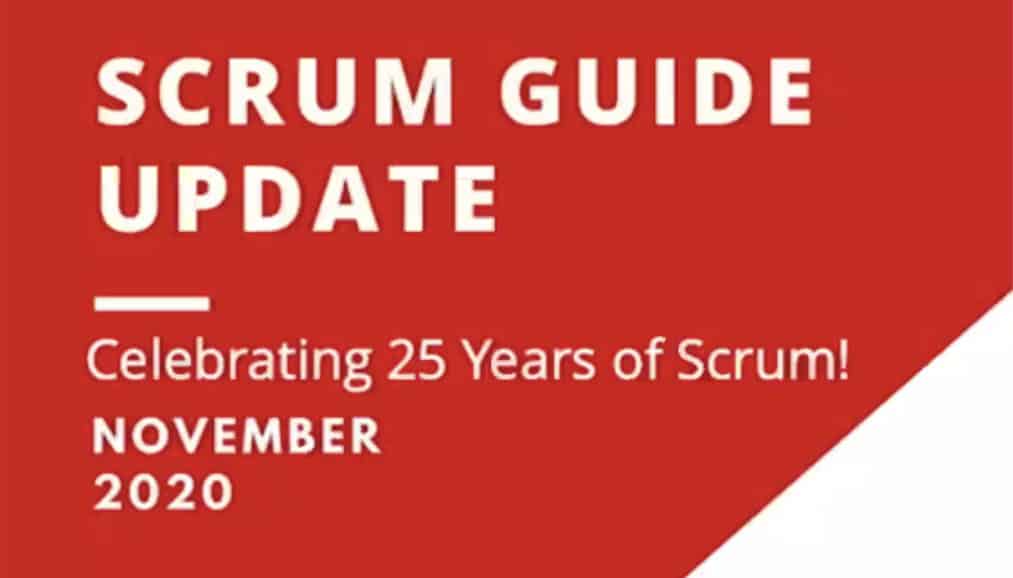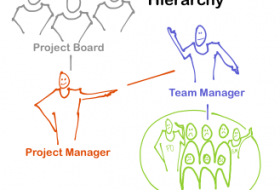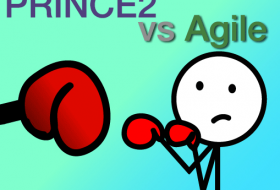The fundamentals remain
The Scrum framework has not changed in a fundamental way. There are still 5 Events, 3 Artefacts, 5 Values and 3 Roles, even though the last of these are not referred to as such (more on that below). There are however secondary elements that are new or have become more specifically defined such as “commitments” associated with each of the artefacts.Even less prescriptive
The 2020 Scrum Guide is much less prescriptive about details. The number of pages of content tells much of the story here:- 2017 version: 17 pages
- 2020 version: 10 pages
Significant changes
People- “Roles” no longer used as a term: now accountability designations rather than “roles”.
- No more Development Team: now just one team including “Developers” plus Product Owner and Scrum Master.
- Beyond “self-organising”: the Scrum Team is “self-managing” rather than “self-organising”.
- Clearer that Scrum Master is a leader: Scrum Master explicitly a “true leader” with an explicit overall accountability for the Scrum Team’s effectiveness.
- “Why” topic added to Sprint Planning: Sprint Planning has 3 topics rather than 2 with the addition of Topic 1: Why focused on agreeing on a Sprint Goal.
- Daily Scrum questions removed: the What did I do yesterday / today / impediment questions no longer appear.
- Each artefact has a “commitment”: Product Goal for Product Backlog, Sprint Goal for Sprint Backlog and Definition of Done for Increment.
- “Product Goal” commitment added: commitment is added.
- “Product” is explicitly defined: as a vehicle to deliver value.
- Multiple increments during a Sprint: increments come into being as Product Backlog items reach Done.
- Only Done Product Backlog items shown in Sprint Review: whilst previously somewhat implicit, this is now explicit.
- Product Backlog items not Done return to the Product Backlog: now also explicit.
- Sprint Review not a gate to releasing value: explicitly debunks the misinterpretation that releasing must be coupled with Sprint Boundaries.
Minor changes
- “Lean thinking” added as a foundation.
- Multiple Scrum Teams focused on the same product now should share the same Product Owner.
- Scrum is founded on “empiricism” rather than “empirical process control theory”.
- It is explicit that the whole Scrum Team collaborates on the Sprint Goal.
- Sustainable pace in Sprints now explicit.
- Sprint Backlog contains “work items” rather than simply plan comprising “work”.
Rowan Bunning is a globally recognised educator and management consultant in Agile product development.
Rowan has a technical background in various software development roles from 1997 - 2007. He began his Agile journey in 2001 with eXtreme Programming (XP). He is a pioneer of Scrum in Australia having become the country's first Scrum Master in 2003 and Australia’s first Scrum Alliance Certified Scrum Practitioner (CSP) in 2006. He was hired by the U.K.'s most prominent Agile consultancy in 2007 as an Agile Coach and became a Certified Scrum Trainer® (CST) in early 2008.
Rowan is one of the most experienced Agile trainers in the Asia-Pacific region. This includes leading over 500 Scrum certification training courses in Australia, New Zealand, Singapore, the Philippines, Malaysia and the USA. In 2019 he became the first Path to CSP® Educator in the region - accredited to offer the full suite of professional development offerings for Scrum Masters and Agile Coaches through to Certified Scrum Professional®.
Rowan has been engaged as a consultant by many of Australia’s best-known brands in industries including financial services, media, health insurance, marketplace, software product, digital agency, retail, manufacturing, building security, video gaming, state and federal government. He is currently most passionate about the professional development of capability leaders as well as guiding the organisational design choices and leadership behaviours required for competing at scale on the basis of agility and highest customer value.




Comments